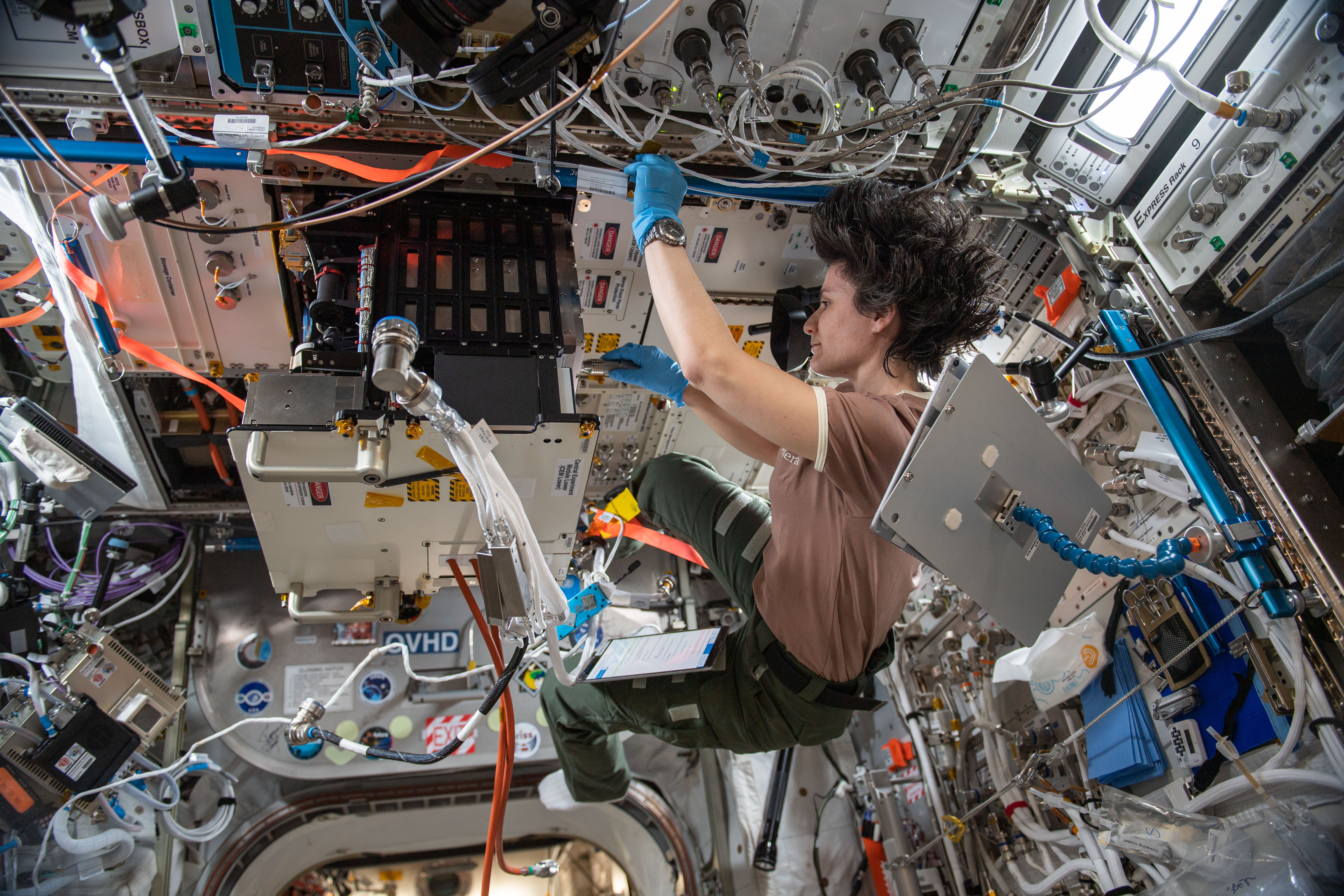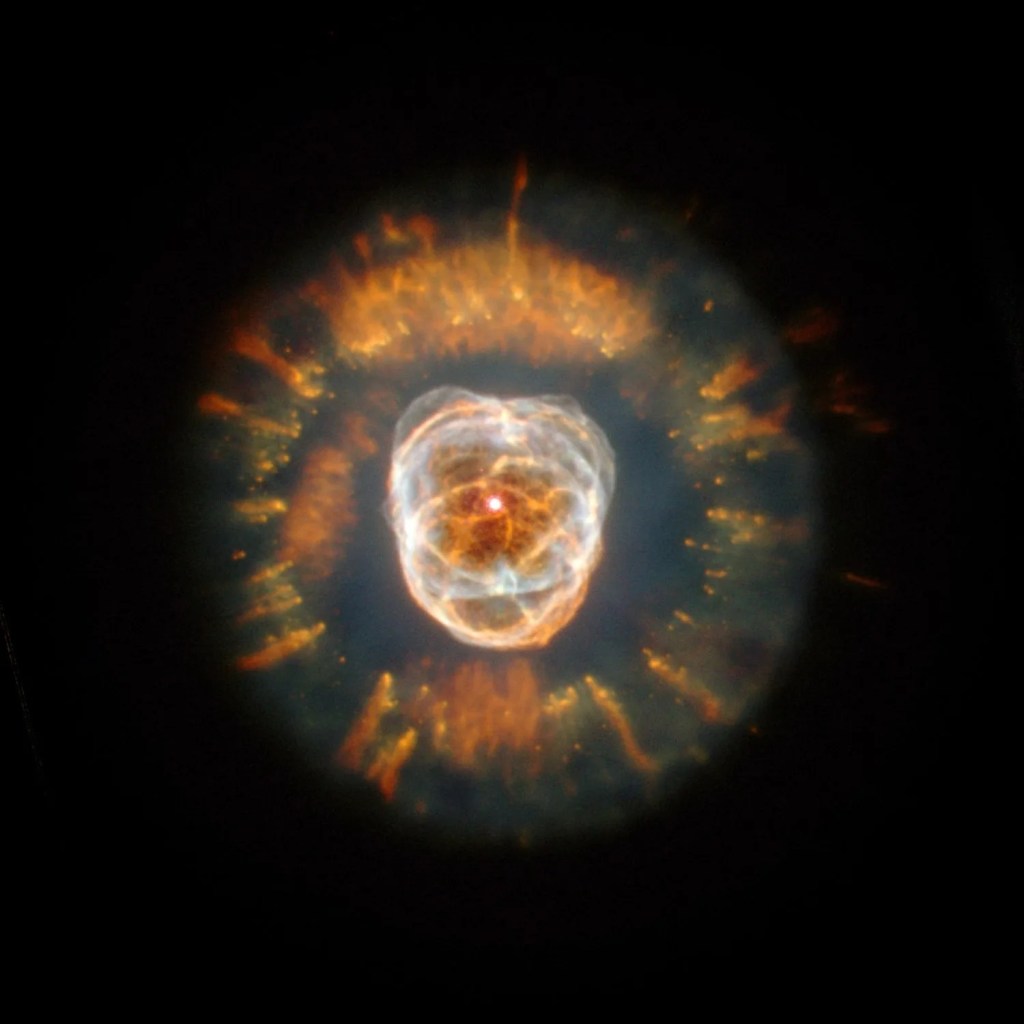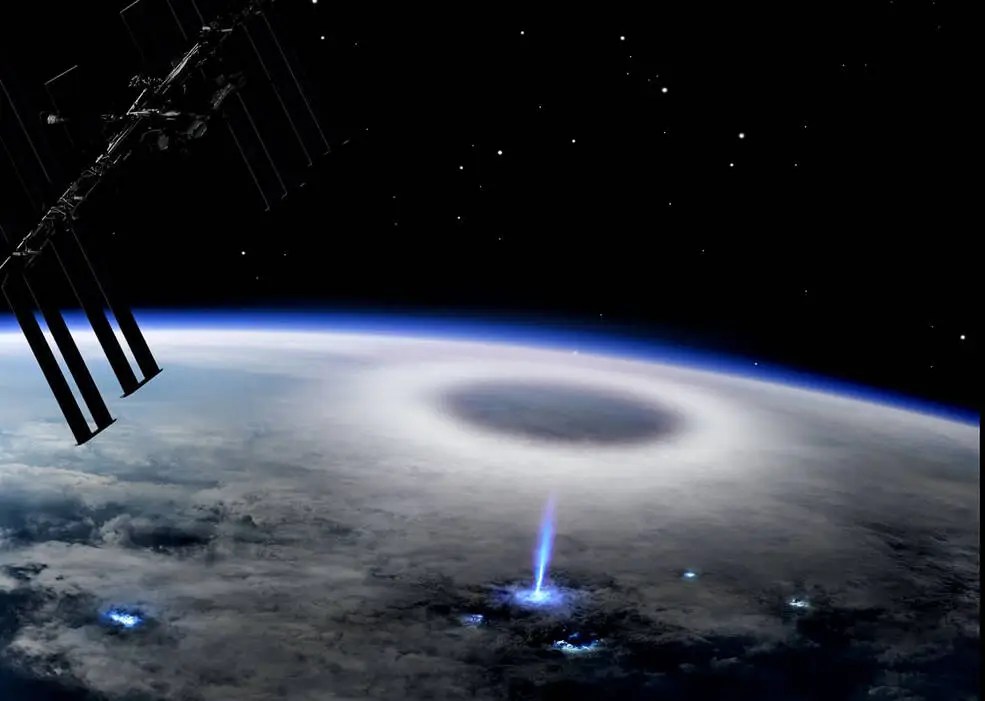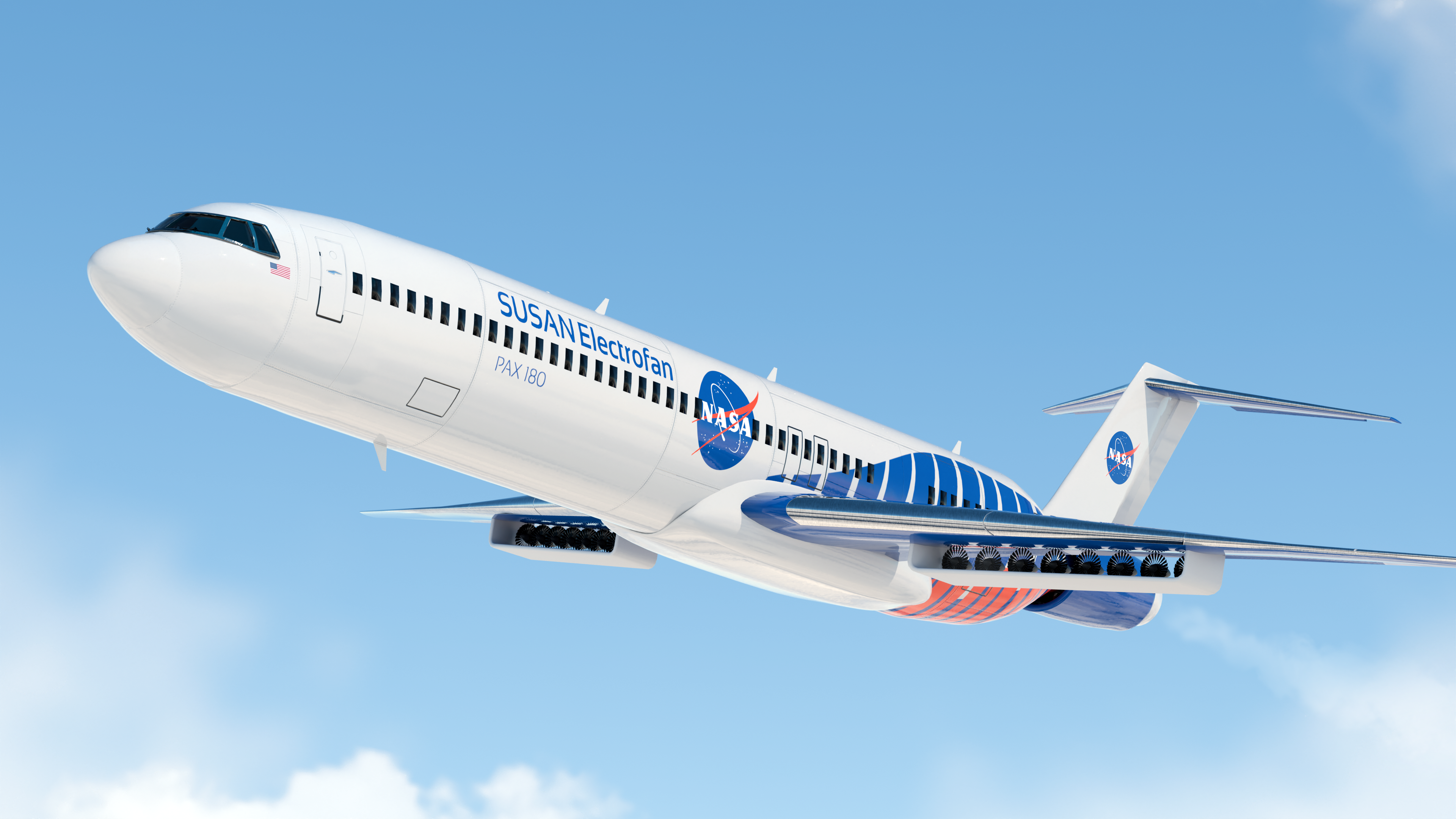Icy Enceladus
| PIA Number | PIA07459 |
|---|---|
| Language |
|
This infrared color image of Enceladus was obtained by the Cassini visual infrared mapping spectrometer on March 9, 2005, when the Cassini spacecraft was 9,145 kilometers (5,716 miles) away from Enceladus.
Enceladus shows substantial differences in composition or, more likely, particle size on its surface. Redder areas correspond to larger grain sizes, and appear to be correlated with craters and ridged regions. The surface of Enceladus is nearly pure water ice; no other components have been identified yet.
The middle of the image is located at the equator near a longitude of 210 degrees. The image is about 100 kilometers (63 miles) square. The image shows the ratio of reflected light at 1.34 and 1.52 microns, wavelengths that are not visible to the human eye.
The Cassini-Huygens mission is a cooperative project of NASA, the European Space Agency and the Italian Space Agency. The Jet Propulsion Laboratory, a division of the California Institute of Technology in Pasadena, manages the mission for NASA’s Science Mission Directorate, Washington, D.C. The Cassini orbiter and its two onboard cameras were designed, developed and assembled at JPL. The visible and infrared mapping spectrometer team is based at the University of Arizona, Tucson.
For more information about the Cassini-Huygens mission visit, http://saturn.jpl.nasa.gov. For more information about the visual and infrared mapping spectrometer visit http://wwwvims.lpl.arizona.edu.
Credit: NASA/JPL/University of Arizona




























